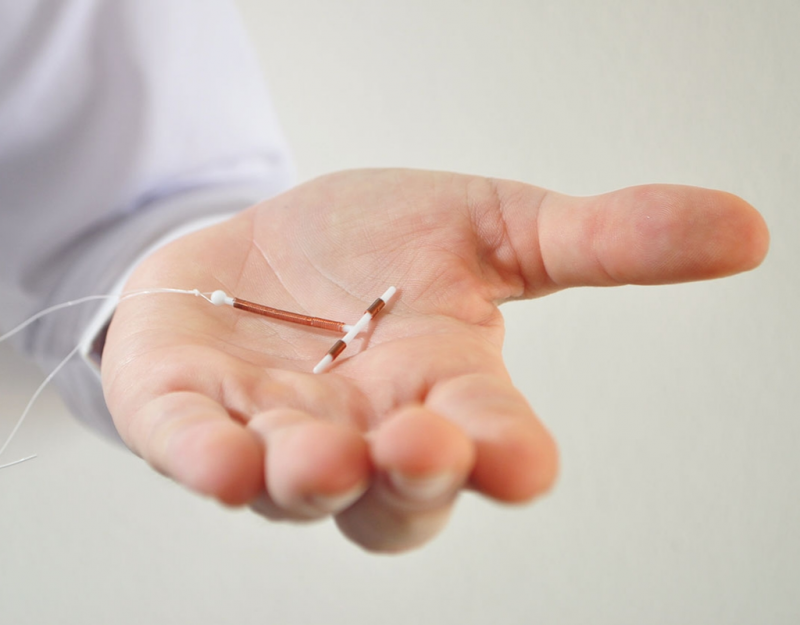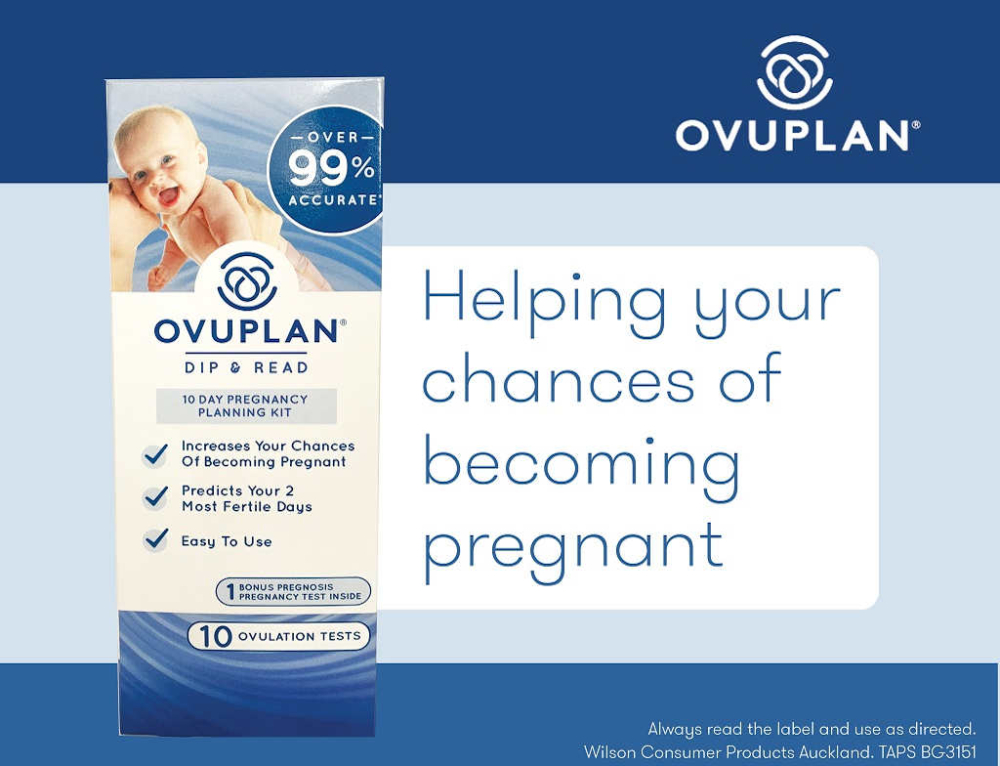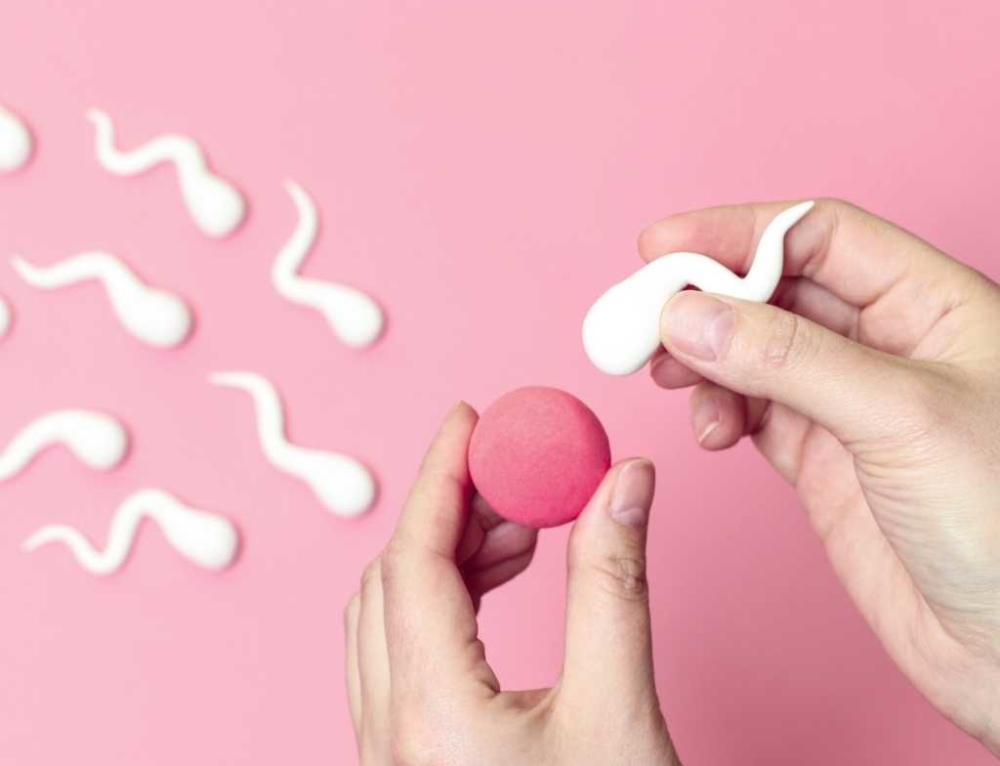An IUD is small, flexible plastic device with a fine, nylon string attached. It is placed inside the uterus by a doctor using local anaesthetic, with the string left protruding just outside the cervix (but still within the vagina). The two most common types are:
Copper IUD.This has fine copper wire wrapped around the stem to stop sperm surviving in the womb. It also affects the lining of the uterus, preventing the egg from implanting and is 95 to 98% effective.
Progestogen IUD.This contains progesterone hormone, which thins the lining of the uterus to prevent a fertilised egg implanting, thickens mucus in the cervix to prevent sperm from entering and may stop ovulation for up to 30% of women. It is more than 99% effective.
Side effects
A copper IUD can sometimes make menstrual periods heavier and more painful. A progestogen IUD may cause irregular spotting and lighter periods for the first six months, becoming less frequent or no periods after this time. Progestogen IUDs may also cause vaginal dryness, flushes, headaches, and nausea, acne or mood changes in a few women.
Both types have a small risk of causing an infection of the uterus within a week or so after insertion. Occasionally the IUD can fall out within a few weeks of insertion. You can feel the string with your finger to check it is still in place. Rarely, the IUD can pass into, or through, the wall of the uterus during insertion.
If a pregnancy does occur with an IUD, there is a higher chance it will be ectopic. If the pregnancy is in the uterus (confirmed with an ultrasound) the IUD should be removed as soon as possible and there is a 30% chance of miscarriage.
Breastfeeding
Both types of IUDs can be used while breastfeeding. A very small amount of progesterone can pass to the baby through breast milk with Progestogen IUDs. At this stage it is thought this does not affect the baby, similar to the minipill.
Advantages of an IUD:
- They are set and forget and can be left in place for five years or more, or removed before this time if you want to conceive another baby.
- After removal, fertility usually returns by the next menstrual cycle.
Disadvantages of an IUD:
- They need to be inserted and removed by a doctor experienced in doing this.
- They cannot be used if you have large fibroids or an unusual-shaped uterus.
- Not recommended if you have different sexual partners, due to an increased risk of sexually transmitted infections causing a uterine infection.
- Not generally recommended if you want to have another baby within 12 to 18 months.







Leave A Comment
You must be logged in to post a comment.